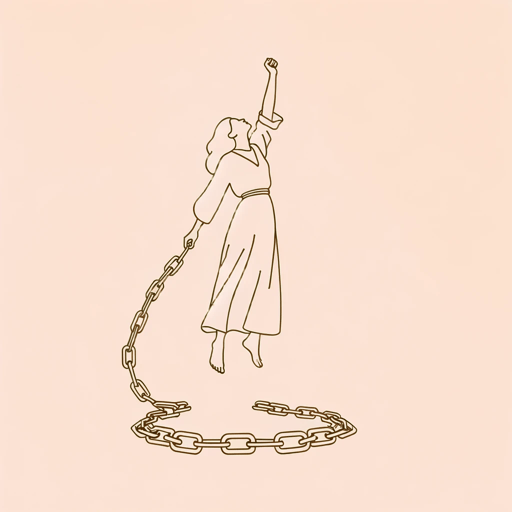53 pages • 1 hour read
Germaine GreerThe Female Eunuch
Nonfiction | Book | Adult | Published in 1970A modern alternative to SparkNotes and CliffsNotes, SuperSummary offers high-quality Study Guides with detailed chapter summaries and analysis of major themes, characters, and more.
Part 3Chapter Summaries & Analyses
Part 3: “Love”
Part 3 Introduction
This section details how conceptions of love contribute to the establishment of systems of oppression by emphasizing obsession over independence. Because collective assumptions of love are complicated and contradictory, expressions of love (namely, marriage, family dynamics, and self-love) are equally contradictive.
Marriage is an institution that oppresses women when presented as a necessary relationship that requires unrelenting love to function because this arrangement dictates only one possible outcome: dissatisfaction in a relationship that does not allow for individual expression. Similarly, the nuclear family offers false security and does not allow any member to flourish due to constriction and isolation. Expressions of “love” in these relationships are more accurately obsession and egotism. Greer contrasts popular romance writing for women with popular romance writing for men to substantiate her claims: Women’s romance uses vague notions of satisfaction achieved through capitulation, whereas men’s romance treats women as expendable objects.
Part 3, Chapter 16 Summary: “The Ideal”
The ideal manifestation of love is different for men and women: Boys can show love for other boys without connotations of sex or romance, but girls are discouraged from showing love for other girls, regardless of whether the love is sexual or platonic. Children internalize expressions of love that dictate values of “egotism, exploitation, deception, obsession, and addiction” (167).


